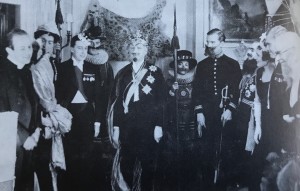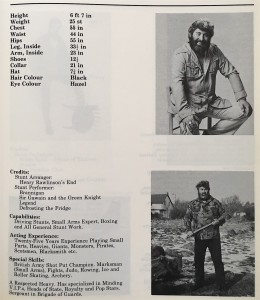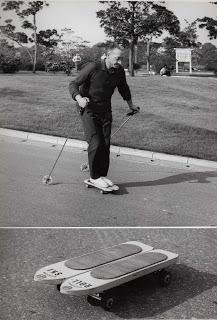 Found – an art catalogue from 1990 of an exhibition at the Michael Parkin Gallery in Belgravia, London. Rognon de la Flèche was the name by which Lady Cara Harris was known in her role as an artist. Parkin’s intro explains:
Found – an art catalogue from 1990 of an exhibition at the Michael Parkin Gallery in Belgravia, London. Rognon de la Flèche was the name by which Lady Cara Harris was known in her role as an artist. Parkin’s intro explains:
Rognon de la Flèche was the pseudonym of Lady Cara Harris and literally means ’ the tale of the arrow’ or more to the point ‘the sting in the tale’…To mention her name to old friends like John Betjeman, John Sutro, Adrian Daintry, Cecil Beaton and David Herbert would bring forth a knowing smile, almost instantaneous laughter and the inevitable hilarious story. I personally love the one of her daughters wedding date when she forced the somewhat reluctant bride-to-be to accompany her to Harrods to choose some new bath taps..having wasted the Harrod’s assistants time for several hours not to mention her by know somewhat agitated daughter’s – she apologized serenely remarking that she was suffering from the severe problem of ‘bidet fixée.’
The only daughter of the redoubtable Mabel Batten, known as ‘Ladye’ who was a ‘close friend’ of both Edward VII and Johnnie Radclyffe Hall, author of The Well of Loneliness, Cara Harris was also the mother-in-law of Osbert Lancaster. The art of Rognon de la Flèche 1865 to 1931 (Lady Cara Harris continued until 1952) was first shown in December 1933, at the Warren Gallery, in Bond Street. Now some 57 years we are showing not only repeated this eccentric exhibition but also a collection of homemade dolls whose births, marriages and social activities became regular features in the pages of The Times and Tatler. Also showing during the exhibition will be one of her remarkable films Treasons Bargain (1937). Described as having five acts and 106 scenes it stars an elderly aristocrat (Lady Cara) who successfully outwits the ‘baddie’ Catptain Desmond Sneyke (Osbert Lancaster) and features performances by Lord Berners, Sybil Colefax, Lord Donegal, Victor Cunard, John Betjeman and and Cecil Beaton…’ Continue reading



